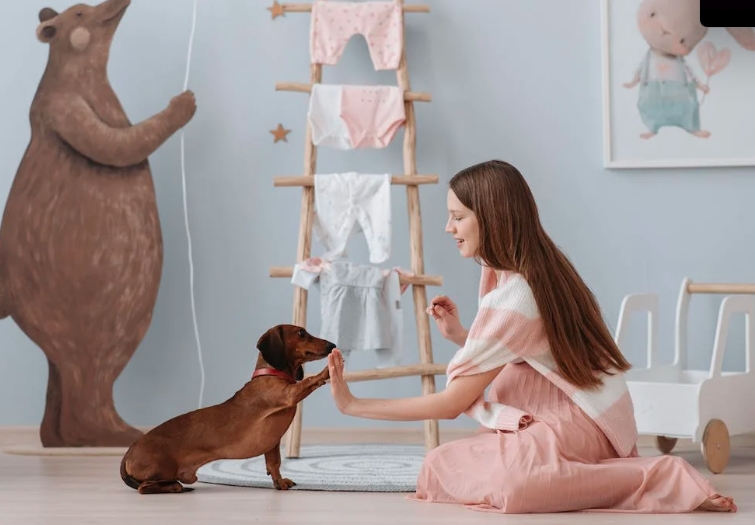Overwhelmed with the variety of cat breeds out there? Let us help you navigate through the most popular cat breeds. From the elegant Sphynx to the majestic Maine Coon, each breed has its own unique characteristics and traits that make them beloved by cat enthusiasts worldwide. Whether you’re drawn to the sleek Oriental Shorthair or the fluffy Persian, there’s a cat breed out there that’s perfect for you and your lifestyle. So, let’s explore the world of different cat breeds and discover which one might be your feline soulmate!
Key Takeaways:
- Sphynx: Hairless breed known for its unique appearance.
- Oriental Shorthair: Sleek and elegant breed with striking features.
- Maine Coon: Large and friendly breed known for its fluffy coat and playful nature.
Domestic
American Shorthair
American Shorthair cats are a popular choice for families due to their friendly and adaptable nature. Their coat comes in a variety of colors and patterns, making them visually appealing. You can expect a well-rounded and easygoing companion when you bring an American Shorthair into your home.
British Shorthair
To truly experience the charm of a British Shorthair, you need to witness their calm and dignified demeanor firsthand. Their plush coat and round face give them an almost teddy bear-like appearance, adding to their irresistible charm. Your family will be enchanted by the gentle and affectionate nature of this breed.
Hairless
Sphynx
For a truly unique companion, consider the Sphynx. Unlike most cats, the Sphynx breed is known for its distinctive hairless appearance. This playful and affectionate breed enjoys human interaction and thrives on attention. With their warm skin and large ears, Sphynx cats are a striking addition to any household.
Devon Rex
Any cat lover looking for a charming and intelligent pet would be impressed with the Devon Rex. With their curly coat and captivating eyes, these cats are known for their playful nature and social demeanor. Their short, fine coat requires minimal grooming, making them an ideal choice for those with busy lifestyles.
It’s important to note that Devon Rex cats are prone to health issues related to their breed, including skin concerns and muscle weakness. Regular veterinary check-ups and a balanced diet are important to ensure the health and well-being of your Devon Rex companion.

Exotic
Bengal
All you need to know about Bengal cats! Now, Bengals are a unique breed known for their striking appearance with leopard-like spots and a sleek, muscular build. These playful and energetic cats are a cross between domestic cats and Asian leopard cats. They are highly intelligent and require plenty of mental and physical stimulation to keep them happy.
Scottish Fold
To research deeper into Scottish Folds, you’ll find that their most distinguishable feature is their folded ears, giving them an adorable and unique look. While they are charming and affectionate, it’s necessary to be aware of potential health issues associated with their folded ears, such as ear infections. Regular ear cleanings and check-ups with your veterinarian are crucial to ensure your Scottish Fold’s overall well-being.
Long-haired Cat Breeds
Maine Coon
One of the most popular long-haired cat breeds is the Maine Coon. You’ll recognize this breed by its bushy tail, tufted ears, and large size. Maine Coons are known for their friendly and playful nature, making them great family pets. Their thick fur requires regular grooming to prevent matting.
Ragdoll
For a cat that is as affectionate as it is beautiful, consider the Ragdoll breed. Ragdolls are known for their stunning blue eyes and semi-long fur that feels like silk to the touch. These gentle giants love to be held and will often go limp in your arms, hence the name “Ragdoll”.
Coon Ragdolls are also known for their calm demeanor, making them well-suited for families with children or other pets. They enjoy being part of the family and will follow you around the house, always looking for a warm lap to curl up in.
Conclusion
With this in mind, you now have a better understanding of the diverse world of cat breeds. Whether you are drawn to the sleek elegance of a Siamese or the fluffy charm of a Maine Coon, there is a cat breed out there to suit your preferences. Each breed has its own unique characteristics, temperament, and care requirements, so be sure to research thoroughly before welcoming a feline friend into your home. Do not forget, every cat is special in its own way, and the bond you form with your chosen breed will be truly rewarding.
FAQ – Different Types of Cat Breeds
Q: What are some popular hairless cat breeds?
A: Some popular hairless cat breeds include the Sphynx and the Devon Rex.
Q: Which cat breed is known for its sleek and slender appearance?
A: The Oriental Shorthair is a cat breed known for its sleek and slender appearance.
Q: What are some short-haired cat breeds ideal for allergy sufferers?
A: Short-haired cat breeds like the Burmese, Siamese, and American Shorthair are ideal for allergy sufferers due to their minimal shedding.


















